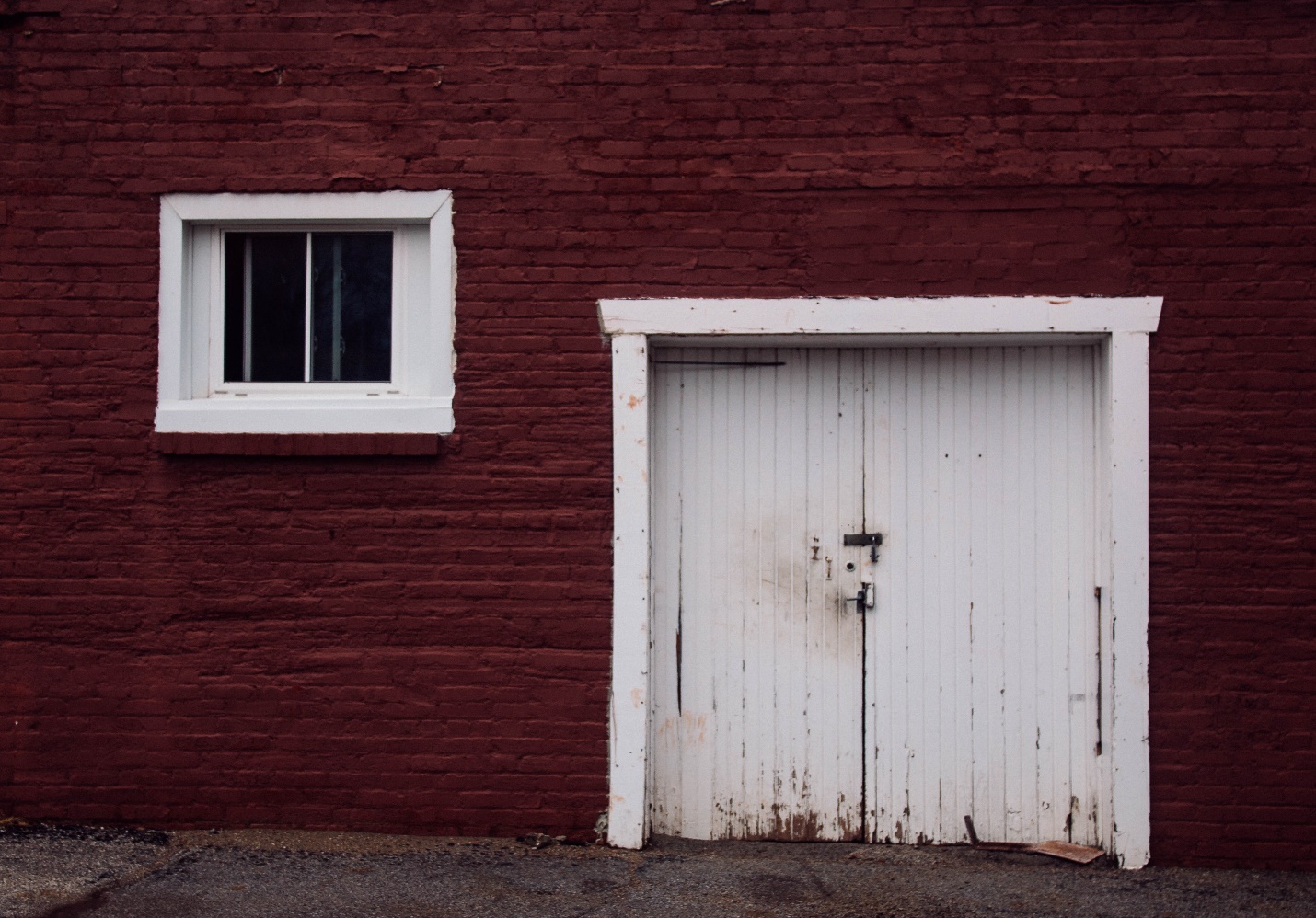

A solution of warm water and dish soap will work fine, but for best results, opt for a solution of warm water and trisodium phosphate (TSP). Moreover, you don’t want to paint over any chunks of debris, as this will leave bumps on the surface. It’s important to thoroughly clean the door before painting, as paint won’t adhere to dirt or grease. After you’re done, wipe off any and all dust with a brush or dry cloth. Once the filler has dried, sand the area with fine-grit paper. If there are any holes in the door, fill them in using auto body filler or another bonding agent designed for metal. This is why simply sanding and painting over rust isn’t an ideal solution. Any rust that you leave behind could spread. It’s important to get rid of all of it in order to stop the oxidation process from continuing. Use a steel-wool pad to scrub off the rust. The vinegar will react with the rust, causing it to dissolve. Using a cloth soaked in white vinegar, wipe down all rusted areas. In this article, we provide you with a step-by-step guide to treating rust on steel garage doors.Ĥ Steps For Removing Rust From A Garage Doorįollow these four steps to have a rust-free steel garage door that looks as good as new. Rust spreads quicker than you might think and, if left unattended, it will mar the appearance of your garage door and eventually begin to eat holes in it.

If you notice rust on your garage door, it’s important that you deal with the problem right away. And if you live in a coastal region, rusting is more likely due to the corrosive effects of humid salt air. Rusting is most common at the bottom of the door where rain, snow, and corrosive materials like road salt and sand collect. Although most modern garage doors are rust-resistant, if you have an older steel garage door, it may eventually corrode.


 0 kommentar(er)
0 kommentar(er)
